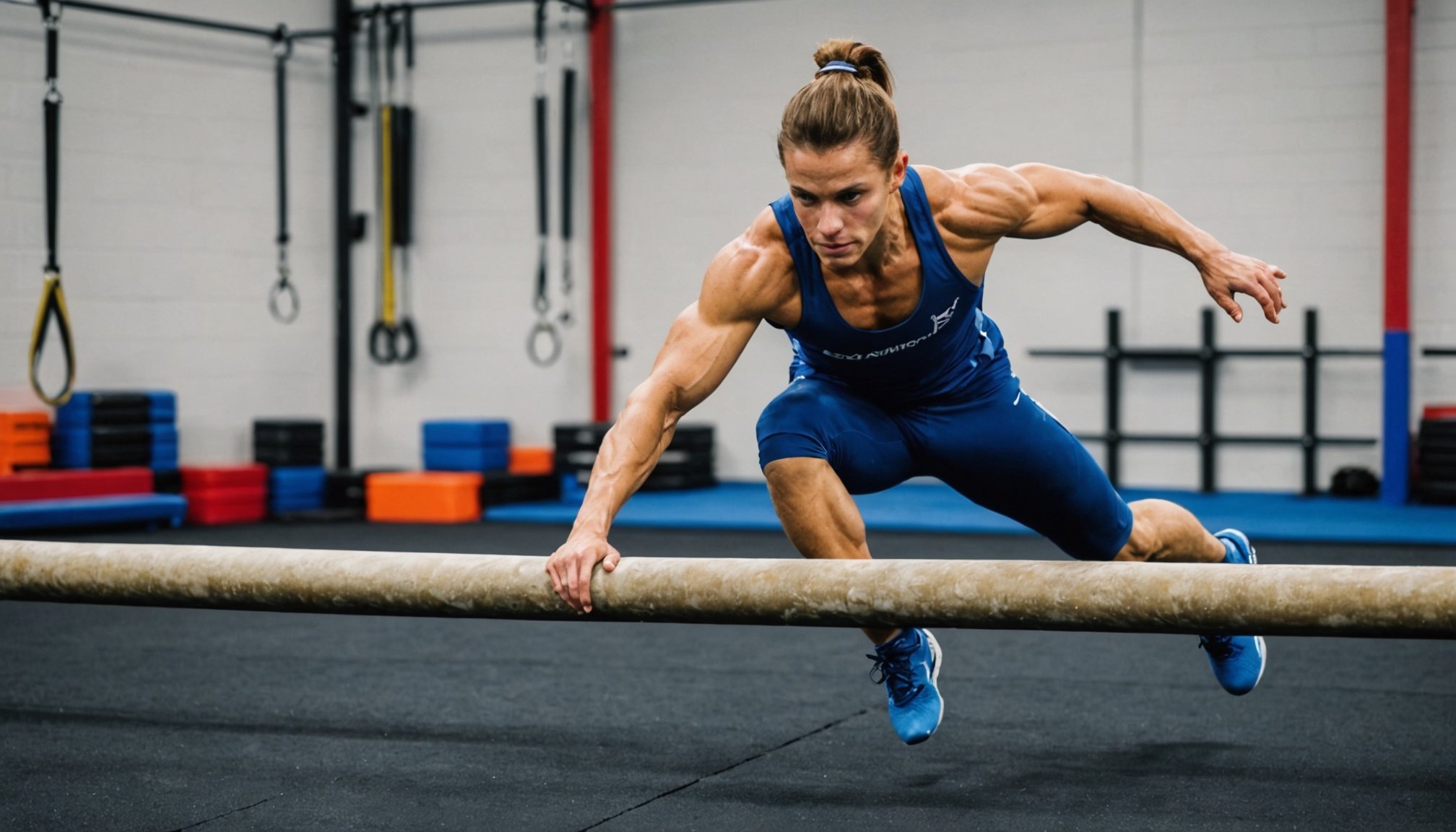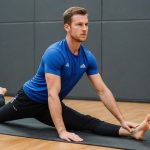Overview of Proprioception and Its Importance in Gymnastics
Proprioception refers to the body’s ability to sense its position and movement in space, crucial for maintaining balance and coordination. This internal system involves sensory receptors in muscles and joints that provide information about joint angles and muscle tension, forming the basis for athletic performance. Gymnastics demands a high level of these skills, as precise movements and awareness of the body in space are essential.
In gymnastics, proprioception enables athletes to execute complex routines, requiring them to adjust their body position intuitively. This internal feedback loop allows gymnasts to perform with grace and precision, even when airborne. The role of proprioception in enhancing gymnastic performance cannot be overstated, as it underpins every twist, turn, and balance.
In the same genre : Maximizing stroke efficiency: must-try technical drills every swimmer should master
Developing balance and coordination is vital for gymnasts aiming for high performance. These skills ensure stability during landings and transitions between movements. Training that focuses on improving proprioceptive abilities can enhance a gymnast’s body awareness, leading to improved athletic performance and reducing the risk of injury. As gymnasts refine these skills, their confidence and consistency in routines significantly increase.
Benefits of Proprioceptive Training for Gymnasts
Proprioceptive training is essential for gymnasts aiming for athletic excellence. This specialized training directly contributes to performance enhancement by refining a gymnast’s ability to sense and predict movements. Improved proprioception allows for precise execution of skills, such as maintaining balance during complex routines and landings. Enhanced body awareness and control lead to smoother transitions and more dynamic performances, showcasing the athlete’s prowess.
In the same genre : Maximizing athletic potential: exploring how wearable tech revolutionizes training and progress monitoring
In addition to boosting performance, proprioceptive training plays a critical role in injury prevention. By honing the body’s sensory awareness, gymnasts can better anticipate and react to instability, reducing the risk of falls and mishaps. The ability to adjust quickly minimizes strain on joints and muscles, safeguarding against common gymnastics injuries like sprains.
Moreover, proprioceptive training aids recovery post-injury, helping athletes regain confidence and mobility through carefully structured exercises. These exercises promote controlled, intentional movements, rebuilding neuromuscular pathways.
Ultimately, integrating proprioceptive training into gymnasts’ routines not only enhances overall athletic capabilities but also fosters a safer training environment. As gymnasts continue to develop these skills, their capacity to perform and compete improves undeniably.
Practical Proprioceptive Training Techniques
Incorporating effective training techniques is pivotal to enhancing a gymnast’s proprioceptive abilities. A range of drills and exercises are designed to refine skill development, each targeting specific aspects of body awareness and control.
Ground-Based Drills
These drills focus on maintaining balance and improving alignment. Simple exercises, like standing on one foot or toe-walking, can challenge stability on varying surfaces. The importance of surface stability cannot be overstated; practicing on different textures helps gymnasts adjust to dynamic environments. Incorporating dynamic movements like jumps and hops further simulates real routines.
Balance Equipment Utilization
Utilizing tools such as balance boards and stability balls offers advanced challenges to gymnasts. These apparatuses enhance skill development by demanding precise control and coordination. Moreover, they promote core strength and posture improvement. Safety is paramount—appropriate supervision and progression in exercises are crucial to avoid injury during equipment-based practice.
Integration Into Regular Training Routines
Consistently integrating proprioceptive drills into routines enhances their effectiveness. Frequency and duration should be tailored according to the gymnast’s level and goals. Tracking progress helps in setting realistic objectives. Moreover, collaborating with coaches ensures training techniques are customized to meet individual needs, optimizing overall performance.
Success Stories and Case Studies in Proprioceptive Training
Proprioceptive training has yielded tangible outcomes for gymnasts across the world. Let’s delve into real-life examples that highlight its considerable benefits.
One standout case study involves a young gymnast from the UK who significantly improved her balance and coordination after integrating specialized drills into her routine. Prior to this, her performances were marred by frequent wobbles and errors during landings. Post-training, her coach remarked on her newfound stability and precision, attributing her success to an enhanced neuromuscular response.
Athlete testimonials further underscore the efficacy of proprioceptive training. An elite gymnast from Australia experienced meaningful advancements in athletic performance after adopting proprioceptive techniques. She shared that routine drills on balance boards aided her in achieving seamless transitions, highlighting a marked reduction in performance anxiety.
Analysis of diverse training programs reveals consistent results achieved among gymnasts worldwide. A gymnastics academy in the U.S. documented reduced injury rates after incorporating proprioceptive exercises. According to their head coach, these strategies cultivated greater body awareness and reaction times, leading to safer and more effective performances.
These success stories stand testament to the transformative potential of proprioceptive training in gymnastics.
Understanding the Science Behind Proprioception
Proprioception is fundamentally driven by complex neuromuscular responses. These responses involve specialized sensory receptors that provide continuous sensory feedback to the brain about body movements and position. For gymnasts, this feedback is crucial, enabling split-second adjustments during intricate routines. The receptors in muscles and joints communicate through the central nervous system, creating a pathway for timely and effective responses, or reflexes, to maintain balance and coordination.
The link between proprioception and athletic movements is profound. As gymnasts execute leaps or twists, the proprioceptive system guides their movements, coordinating muscle activity so they land securely and continue their routines fluidly. Understanding these connections allows athletes to harness their proprioceptive abilities fully, optimizing their athletic performance.
Biomechanics plays a significant role in enabling gymnasts to execute complex moves. Proper biomechanics, influenced by proprioceptive feedback, allows for efficient movement patterns and reduces the risk of injury. By understanding the science behind proprioception, gymnasts can improve their body awareness, further refining skills and enhancing overall athletic capability. This understanding forms the cornerstone of effective proprioceptive training and athletic mastery.











